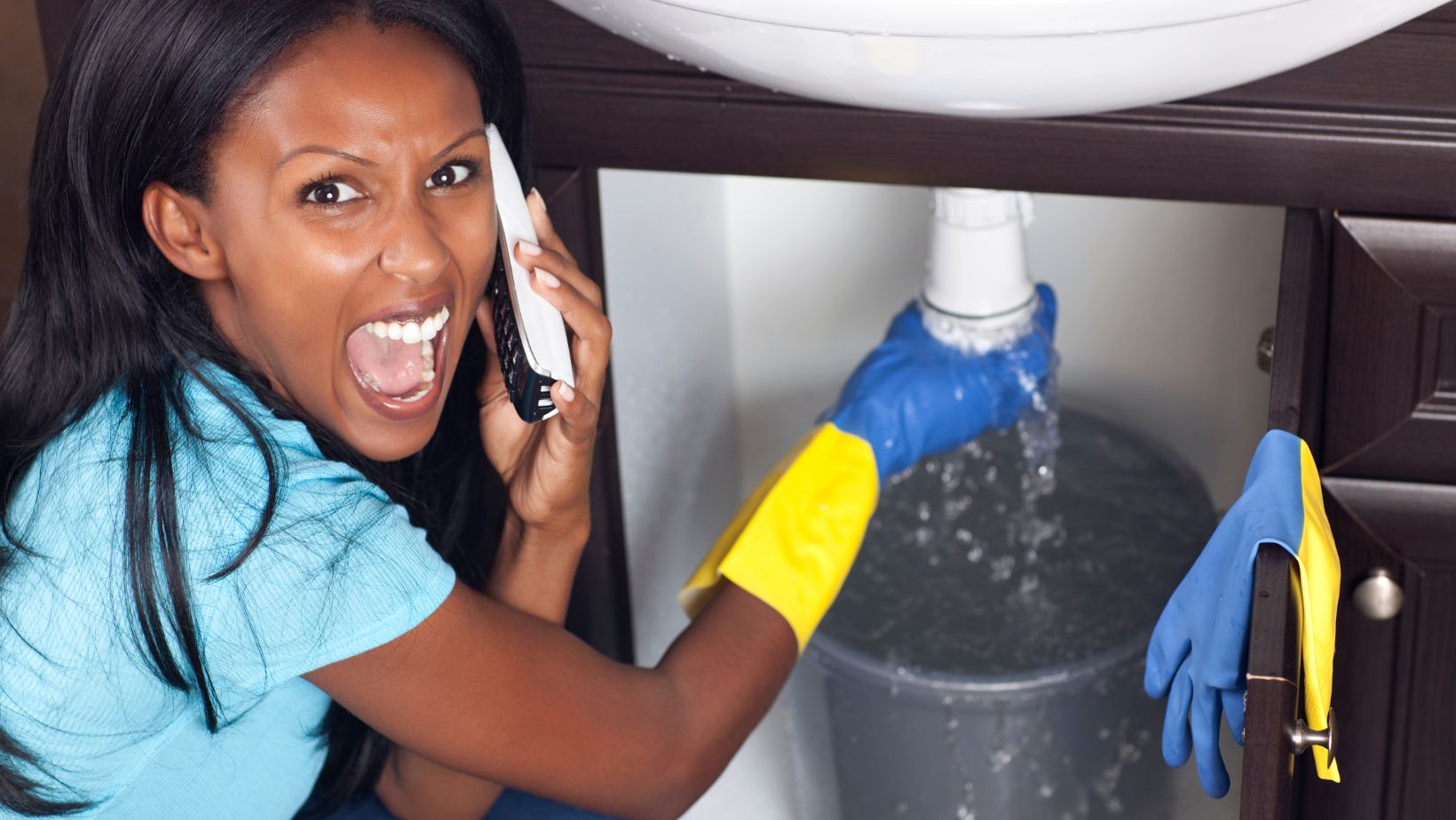
Introduction: Emergencies rarely come with a warning, and when it comes to plumbing, they can wreak havoc on your home if not dealt with promptly and effectively. The failure of pipes, toilets overflowing, or abrupt leaks, when left unattended, can result in significant damage. This is when you want to reconsider hiring a plumbing company that offers professional services, acts much faster, and has tailored solutions for every specific issue that may occur in the plumbing systems. In this article, we will explore the common emergency plumbing situations that homeowners may encounter and provide guidance on how to respond to these crises, ultimately minimizing potential damage to your property.
1. Burst Pipes
- Shut off the water supply: Identify and promptly turn the main water shutoff valve in your residence to halt the water flow.
- Unseal the faucets: Allow them to run, facilitating the drainage of any residual water within the pipes.
- Contact a certified plumber: Have a professional inspect and fix the ruptured pipe to ensure it is professionally addressed.
2. Overflowing Toilet
- Halt the water flow: Lift the lid of the toilet tank and exert pressure on the flapper valve to stop additional water from flowing into the bowl.
- Contain the Mess: Lay down towels or absorbent materials to prevent water from spreading.
- Plunge Carefully: Use a plunger to try and clear the clog, but avoid using excessive force to prevent damage.
- Call a Plumber: If the problem persists, it’s time to call a plumber to avoid any further damage or contamination.
3. Leaking Water Heater
- Deactivate the power supply: For an electric water heater, switch off the circuit breaker, and for gas water heaters, close the gas supply.
- Halt the water flow: Shut off the cold water supply valve that connects to the water heater. Then, contact a professional plumber to inspect the issue and determine whether repairs or replacements are necessary.
4. Clogged Drains
- Stop Using the Fixture: If possible, avoid using the affected drain.
- Attempt to clear the obstruction: Use either a plunger or a drain snake to alleviate the clog.
- Avoid potent chemical drain cleaners: They can potentially harm your pipes, so opt for alternative solutions.
- Call a Plumber: If your efforts are unsuccessful, contact a plumber to prevent further damage and ensure the clog is effectively removed.
5. Frozen Pipes
- Thaw the Pipes: Use a gentle heat source like a hairdryer or heating tape to thaw the frozen section.
- Keep Faucets Open: Leave faucets open to allow water to flow as the pipes thaw.
- Insulate Pipes: To prevent future freezing, insulate exposed pipes in your home.
6. Gas Leak
- Urgently evacuate the area: Exit the location and ensure everyone is at a secure distance from the structure.
- Refrain from operating electronic devices: They can potentially generate sparks.
- Turn Off the Gas: Locate the gas shutoff valve, usually located outside your home, and turn it off. Do not re-enter the property until a professional confirms it’s safe.
7. Sewage Backup
- Avoid Contact: Do not touch or attempt to clean sewage with bare hands, as it can contain harmful bacteria.
- Disable the Water Supply: If the backup results from a blockage, shut off the main water supply to prevent additional flushing or drainage.
- Call a Professional: Contact a plumber experienced in sewage backup cleanup, as specialized equipment and expertise are required for safe and effective resolution.
8. Water Shutoff Valves
- Locate Main Shutoff Valve: Be familiar with the main water shutoff valve and its location. Label it for easy identification.
- Individual Fixture Valves: Know the location of shutoff valves for sinks, toilets, and other individual fixtures in your home.
- Regular Maintenance: Periodically check these valves to ensure they function properly, as they may become stuck or leak over time.
- Create an Emergency Plumbing Kit, which includes essential tools such as a plunger, pipe wrench, pipe tape, and a drain snake to be prepared for common plumbing emergencies.
- Towels and Buckets: Keep absorbent towels and a bucket on hand to contain and manage water.
- Ensure you have a flashlight and extra batteries for use during emergencies in low-light situations.
- Maintain a record of essential contact details, including your local plumbing service and utility companies, in an easily accessible format for emergencies.

Conclusion: During plumbing emergencies, swift and well-informed responses are crucial to reduce potential damage and ensure the safety of both your residents and loved ones. Remember that your primary goal is to address the issue promptly while keeping safety in mind. Whether it’s a burst pipe, gas leak, sewage backup, or any other plumbing emergency, understanding how to respond and having the necessary tools and knowledge can make a significant difference in mitigating the impact on your property. Always be prepared and ready to contact a trained plumbing professional to resolve the situation safely and effectively.






